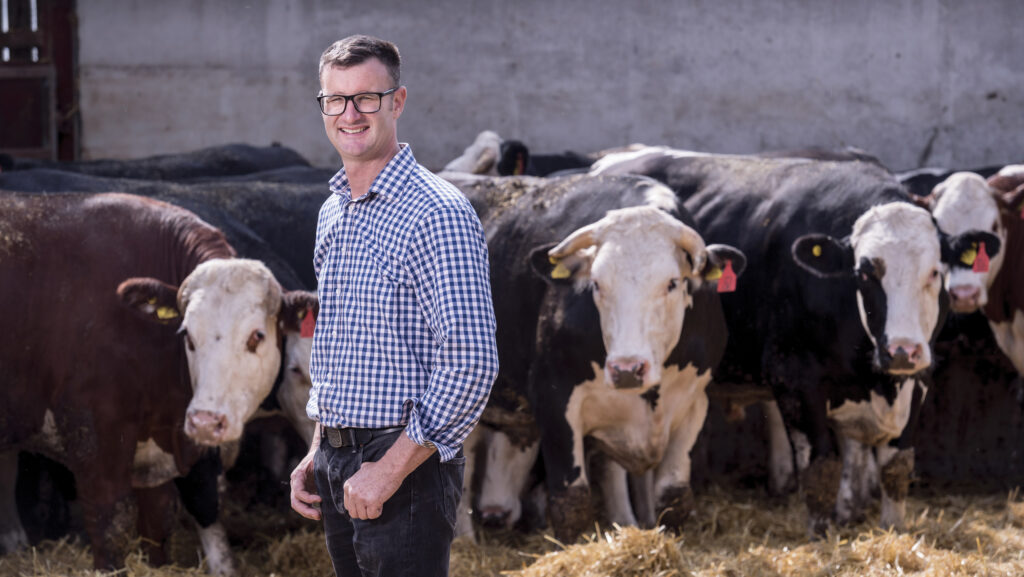Farmer Focus: Another reason to stop the subsidy chase
 Doug Dear © Jim Varney
Doug Dear © Jim Varney Harvest has long been finished. Any of the late-drilled spring barley and wheat that seemed unable to ripen has been cut at relatively high moisture (ranging from 20-17%), rolled and treated with Maxammon, then stacked outside where it forms a narrow crust and keeps.
This has now been fed to the cattle, with a 4% bump in protein level.
The land is heavily compacted due to the weight of rainfall that it received during the exceptionally wet season, and like a lot of others, we have had our fair share of wet holes to sort out.
That said, once disturbed by the Simba SLD, the ground is surprisingly friable and has worked down well.
See also: Busy maize harvest expected with acreage up
My agronomist is having kittens, as we have pushed on with drilling because, in my opinion, it’s never too early – until you realise, in fact, you’ve missed the boat and it’s too late.
We will do whatever we can to ensure there is no repeat of having 5% fallow land again.
It’s bad enough we get prices gouged by the supermarkets, but now landlords are doing the same.
As their Basic Payment Scheme income decreases, they expect the farmer to make up the difference.
We have never collected the sub off rented land and managed to make a go of it, like many others.
We know our cost of production, and we are dictated to by world commodity prices – unlike other industries, we cannot add a percentage of margin to cover our extra costs.
“Oh but you’ll be able to make up the shortfall with the additional Sustainable Farming Incentive payments.”
Yes, there is some low-hanging fruit that adds up to tuppence ha’penny, but correct me if I’m wrong (or my calculator is bust), but by the time you’ve bought some specialist seed, worked the land, drilled it, watched it flower, mown it off, dealt with the invasive weeds that have proliferated in it, and then grown a horrendous spring crop, at best it’s cost neutral, or it’s taken money away with it.
Subsidies and government meddling have ruined this industry, very rarely benefited the farmer and distorted the market. Let’s stop chasing the subs and start building a business.

